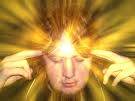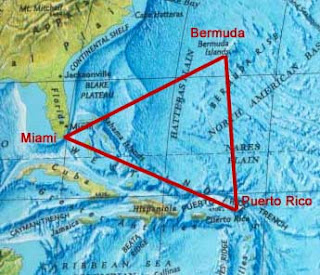The earliest record of a solar eclipse comes from ancient China China
The date of an eclipse referred to in the Bible is known for certain: "`And on that day,' says the Lord God, `I will make the Sun go down at noon, and darken the Earth in broad daylight'." (Amos 8:9) "That day" was June 15, 763 B.C. The date of this eclipse is confirmed by an Assyrian historical record known as the Eponym Canon. In Assyria , each year was named after a different ruling official and the year's events were recorded under that name in the Canon. Under the year corresponding to 763 B. C., a scribe at Nineveh
Many ancient civilizations believed the occurrence of an eclipse was a demon eating the sun. They thought that the best way to get rid of the “demon” that was consuming their sun was to unite and make as much noise as possible to scare it away. At the first sight of an eclipse, everyone would immediately gather to bang drums and shout or scream as loudly as possible. The ancient Greeks believed that an eclipse was a sign of angry gods, therefore it was thought of as a bad omen.
Solar eclipses have even altered the course of human history. In 585 BCE the Lydians and Medes were engaged in battle in what is present-day Turkey
The ancient Greek astronomer Hipparchus tried to understand eclipses by using them to make scientific observations. Around 130 BCE, from observations of a solar eclipse seen from Hellespont and Alexandria, Hipparchus determined that the moon was about 429,000 kilometers (268,000 miles) away – only about 11 percent more than today’s accepted distance.
Although early eclipse pioneers, including Chinese astronomer Liu Hsiang, showed initiative and advanced thinking in their conclusions, it was not until 1605 when astronomer Johannes Kepler recorded a scientific observation of a total solar eclipse. More than a century later Edmund Halley published his account of a total solar eclipse that occurred in 1715 in the Philosophical Transactions of the Royal Society in London
During the eclipse of August 16, 1868, Sir Joseph Lockyer of England and Monsieur Pierre Janssen of France












